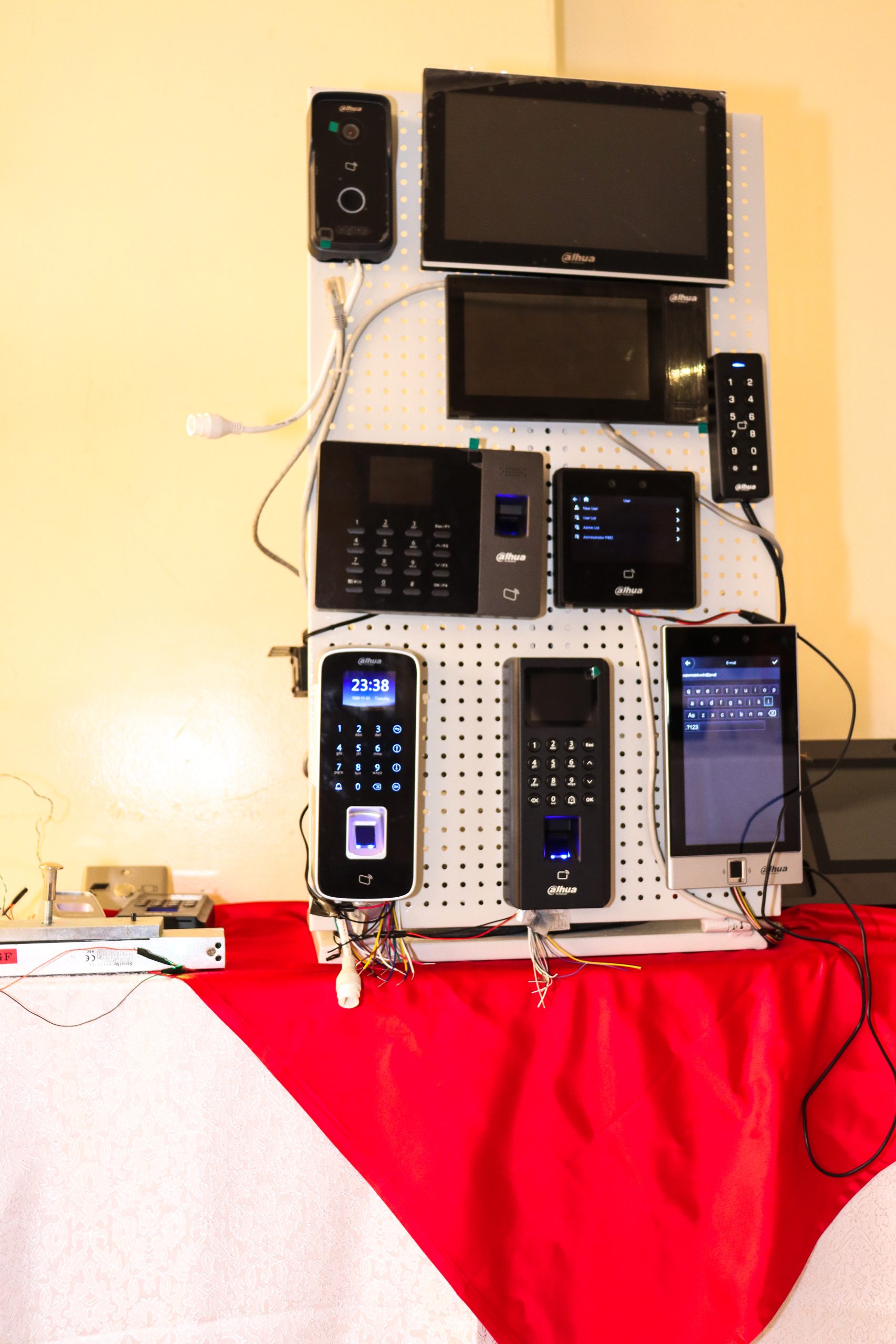Subtotal: KSh 15,100.00
Benefits of implementing Biometric Access Control Leave a comment
Since its inception, Biometric access control systems have revolutionized the way we think about security, offering a unique blend of convenience and high-level protection. By leveraging the unique biological characteristics inherent to each individual, these systems provide an unparalleled level of security assurance.
Biometric access control systems utilize unique human features to authenticate individuals, granting them access to secured areas. These features can range from fingerprints and facial recognition to retinal or iris scans. Unlike traditional security measures like keycards or passwords, which can be easily lost, stolen, or shared, biometric features are nearly impossible to replicate, making them a robust security solution.
For a biometric system to function, it first needs to capture the user’s unique physical characteristics. This data is then transformed into a biometric template, securely stored in a database. When access is attempted, the system scans the user’s biometric feature and compares it to the stored template. If there’s a match, access is granted.
Different types of Biometric Access Control
- Fingerprint Recognition: A classic and widely-used method. Fingerprint patterns are distinct and remain consistent throughout an individual’s life.
- Facial Recognition: With advancements in AI and machine learning, cameras can now identify and match thousands of facial points to verify identities.
- Iris and Retina Scanning: The unique patterns found in our eyes are utilized in this high-precision biometric technique.
- Voice Recognition: This system evaluates an individual’s unique tonal qualities and patterns.
- Behavioral Biometrics: Going beyond physiological attributes, these systems study patterns in user behaviour, such as keystroke dynamics.
Why implement Biometric Access Control?
- Uniqueness: Every individual’s biometric data is unique, making it an excellent tool for authentication.
- Enhanced Security: With unique biometric data, unauthorized access becomes nearly impossible.
- User Convenience: No more worries about lost keys or forgotten passwords. Your body becomes the key.
- Efficient Verification: Biometric systems offer instant authentication, streamlining entry processes.
- Cost-effective: In the long run, these systems can be more economical by eliminating recurring costs of keycard replacements or password resets.
- Auditing and Accountability: Biometric systems log each access attempt, allowing for robust monitoring and reporting.
- Reduced Physical Contact: Many biometric systems, like facial recognition, are contactless, promoting hygiene.
Potential Challenges
- Accuracy Concerns: Factors like facial hair, makeup, or injuries can sometimes affect system accuracy.
- Privacy Issues: Storing biometric data must comply with privacy regulations, as it’s considered sensitive information.
- Infrastructure Needs: Implementing biometric systems might require significant changes to existing infrastructure.
Integrating Biometric Systems into Existing Infrastructure
Modern biometric systems have achieved seamless integration, enhancing the security of existing systems. One such example is the Dahua Access Control System.
The Dahua Access Control System has integrated a fingerprint recognition module into its smart key, further bolstering the system’s security. It boasts the following features:
- Audit Trail: Administrators can view lock activity logs. Within these logs, they can see the time’s locks were opened or closed, the name of the lock, and identify which user accessed it via fingerprint recognition. This prevents the misuse of keys. Even if a key is lost, those who find it cannot unlock the door.
- Flexible Authorization: Administrators can set employee key permissions through the system. Only employees with the appropriate permissions can unlock specific locks. The system also supports remote authorization, greatly improving work efficiency.
- One Key, Multiple Locks: Users who need access to multiple areas only need to carry a single key, making it more convenient.
- Passive Electronic Lock: The electronic lock doesn’t require a power connection during installation, making it more convenient to set up. When unlocking is needed, the key provides the power and verifies if the user has the necessary permissions.

 Ubiquiti ISOSTATION M5
Ubiquiti ISOSTATION M5 
